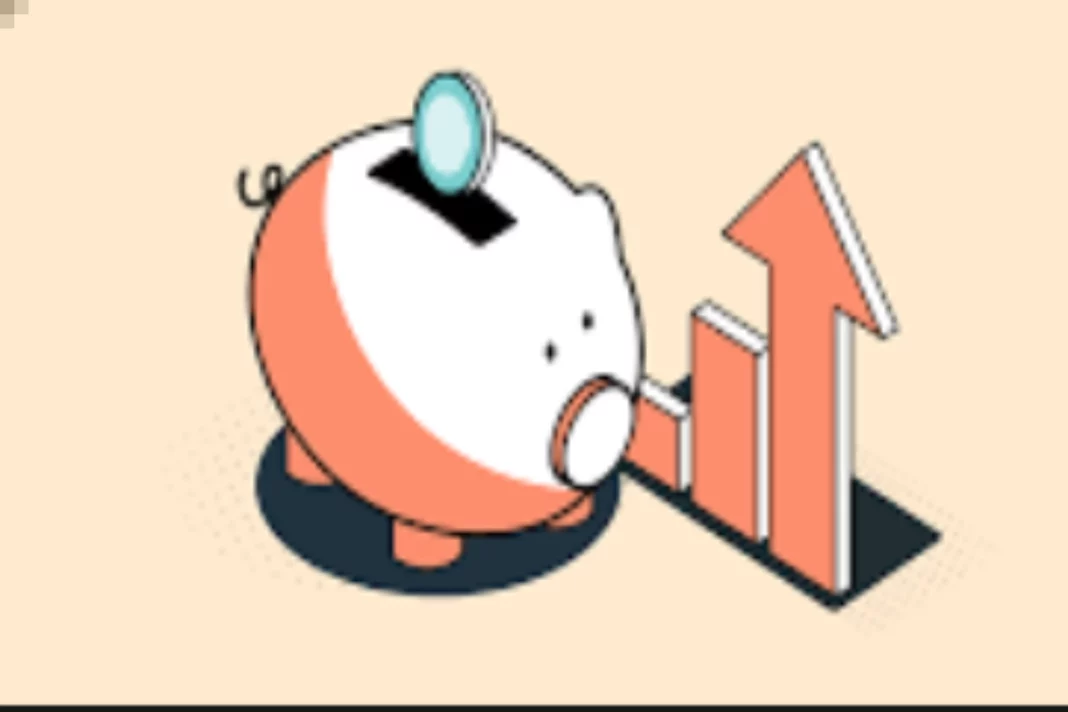Mutual Funds vs ETFs: Exchange-traded funds (ETFs) and mutual funds share many similarities. These kinds of funds are a well-liked method for investors to diversify because they are made up of a variety of diverse assets. ETFs and mutual funds differ significantly from one another, despite their many similarities.
Timing and Liquidity
One significant distinction between the two is that mutual funds can only be bought at the close of each trading day at a price determined by a formula called net asset value, whereas exchange-traded funds (ETFs) can be exchanged intraday like stocks. The first mutual fund was introduced in 1924, and they have been in existence in their current form for nearly a century. In the world of investing, exchange-traded funds (ETFs) are relatively young. The first ETF was the SPDR S&P 500 ETF Trust, which was introduced in January 1993 (SPY).
Active vs Passive Management
While ETFs were often passively managed and tracked market indices or particular sector indices, the majority of mutual funds in the past were actively managed, meaning that fund managers made decisions on how to allocate assets within the fund. The line between the two has been less clear in recent years as investors have access to an increasing number of actively-managed exchange-traded funds (ETFs) while a sizable amount of mutual fund assets are managed by passive index funds.
Mutual Funds
Generally speaking, mutual funds have a greater minimum investment requirement than ETFs. These minimums may change based on the fund type and business. For instance, the minimum investment for the Vanguard 500 Index Investor Fund Admiral Shares is $3,000, yet the American Funds-offered Growth Fund of America requires a $250 down payment initially.
Open-Ended Funds
In terms of volume and managed assets, these funds rule the mutual fund industry. The buying and selling of fund shares occurs directly between investors and the fund company in open-ended funds. The fund is able to issue an unlimited number of shares. Therefore, more shares are issued when more investors fund the fund. The daily marking-to-market process, mandated by federal rules, is a valuation process that modifies the fund’s per-share price to reflect changes in the portfolio (asset) value. The quantity of shares that are outstanding has no bearing on the value of a person’s shares.
Closed-End Funds
These funds only issue a predetermined amount of shares; as investor demand increases, they stop issuing new shares. Demand from investors drives prices rather than the fund’s net asset value (NAV). Share purchases are frequently made at or below NAV.
Exchange-Traded Funds (ETFs)
For an entry-level investment, ETFs can be purchased for as low as one share plus any applicable fees or commissions. Institutional investors create or redeem ETFs in bulk, and the shares trade amongst investors all day long just like stocks do. ETFs are tradable short, just like stocks are. Long-term investors are not very interested in those provisions, but traders and speculators find them vital. However, because the market sets the price of ETFs on a continual basis, trading may occur at a price different from the true NAV, which could present a chance for arbitrage.
ETF Benefits
Due to the special creation/redemption procedure, APs are able to closely monitor an ETF’s demand and take fast action to eliminate substantial premiums or discounts to the ETF’s net asset value (NAV). As a result, ETF prices closely reflect their NAV. The creation/redemption procedure also eliminates the need for the fund manager of the exchange-traded fund (ETF) to purchase or sell the underlying securities of the fund, with the exception of portfolio rebalancing. ETF redemptions are generally tax-exempt and increase the tax efficiency of ETFs since they are “in kind” transactions when underlying securities are exchanged for ETF shares.
Is Using an ETF or Mutual Fund to Invest in the Market Better?
An exchange-traded fund (ETF) and a mutual fund vary primarily in that the latter offers intraday liquidity. Therefore, if you think that having the capacity to trade like a stock is crucial, the ETF might be a superior option.
Do ETFs Carry More Risk Than Mutual Funds?
There is no reason to think that one is intrinsically riskier than the other, even if mutual funds and exchange-traded funds (ETFs) that track the same index and adhere to the same strategy have relatively different constructions. Rather than the investment’s structure, the underlying holdings of a fund determine its level of risk.
Are Dividends Paid by ETFs?
Indeed, a lot of ETFs will distribute dividends in accordance with the equities in the fund that produce dividends.
Keep watching our YouTube Channel ‘DNP INDIA’. Also, please subscribe and follow us on FACEBOOK, INSTAGRAM, and TWITTER.


